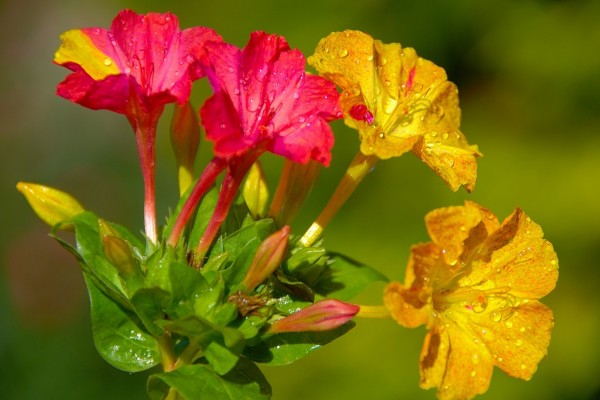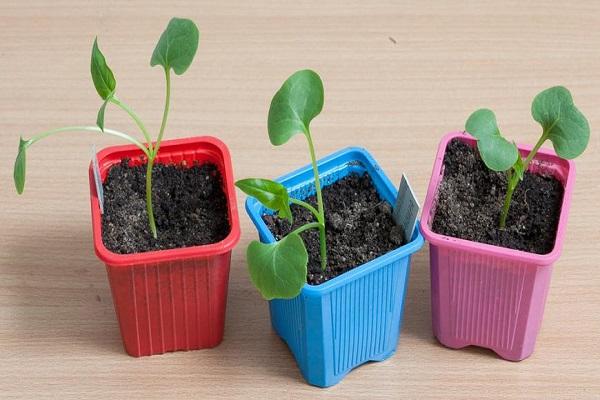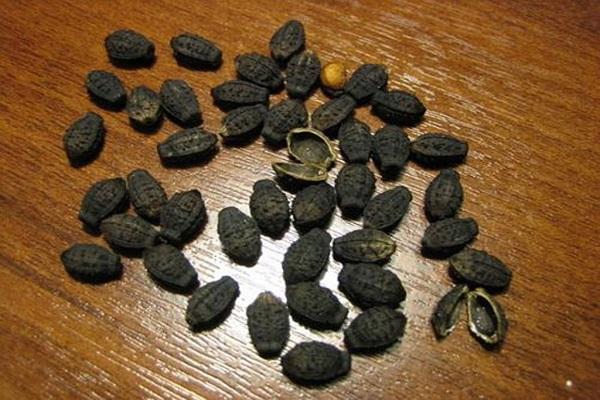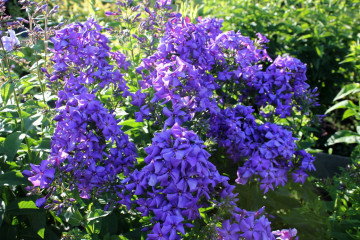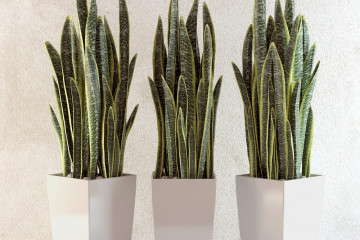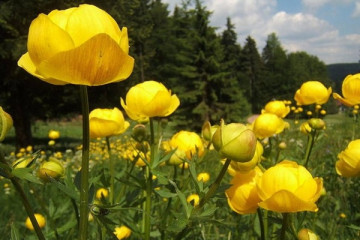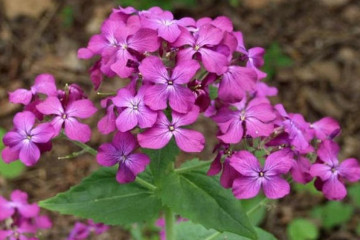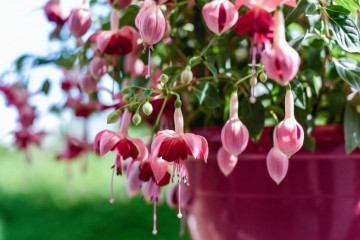Mirabilis flower (Night beauty) - plant reproduction
Content:
Mirabilis is a flower that attracts the attention of gardeners with its unpretentious care and an unusual, memorable aroma. The plant looks unusual during flowering - the buds have different colors, which makes it possible to use it in landscape design.
Features of mirabilis
Mirabilis Night Beauty or Evening Dawn are folk names for a culture that has the ability to open flowers in the late afternoon and close them at dawn.
What family does it belong to
Mirabilis is a plant belonging to the Niktagin family. More than 50 varieties of culture are known.
Briefly about the history of appearance
The birthplace of mirabilis jalapa is Mexico. After the appearance of the Spaniards on the territory of the country, the plant was exported to European states. From there, the mirabilis varieties Yalapa eventually migrated to the Egyptian and Moroccan lands, where they gained wide popularity.
Plant characteristics
The bushes of the culture have a rounded-elongated shape, they grow by 0.3-0.8 m. Shoots are erect with a pale red color, their lower areas become greyish as they mature. Platinum plates are opposite, green in color. The foliage has an ovoid-elongated shape.
Varieties that are in great demand among gardeners
Mirabilis has several varieties that gardeners are happy to grow.
Iolanta
The shrub grows up to 0.5 m, the shoots in the upper part branch strongly. The buds are funnel-shaped with an average size, on the petals, in addition to the main color, there are bright stripes. Flowering begins in late June and continues until frost.
Red lollipop
It grows up to 0.9 m, pale green shoots are durable. The edge of the oval-oblong foliage is wavy, the buds are red with a diameter of 6 cm.
Elvira
A medium-sized shrub with smooth and firm shoots. The oblong leaves have a dark green tone and a pointed tip. The average flower diameter is 3.5 cm.
Tee Time Red
A variety with smooth and knobby shoots, with strong branching at the top. The dark green foliage has an oval-oblong type, petals with a bright pink tint.
Tee Time Fomula Mixche
Spherical bushes grow up to 0.9 m. The oblong-type leaf plates are pointed at the tops, there is no foliage in the lower part of the shoots. Funnel-shaped buds with a wavy edge and variegated color, with a diameter of 2.5 cm.
Reproduction of mirabilis
Cultivation of mirablis can begin with seeds, planting rhizomes or cuttings.
Seeds
Planting seed can take place in two directions:
- directly into the ground;
- with preliminary cultivation of seedlings.
The choice of a suitable procedure depends on the climate of the region of residence.
Planting overwintered rhizomes annually
The crop is easily grown by seed, so the use of tubers is not practical. Only in a number of cases is it given preference:
- due to size advantages;
- rapid development and growth of bushes;
- accelerated bud formation.
Green cuttings
The method is considered laborious and is rarely used by flower growers. In an adult plant, strong and lignified processes are cut off, dried and placed in a solution for root formation. In the spring months, the shoots are sent under the open sky.
By dividing the bush
The method is used on adult plants that have varietal characteristics. The division of the bush is carried out according to the standard scheme: it is divided into several parts along with the root system using a sharp tool. Delenki are planted in new locations as separate plants.
Seed planting by seedling method
Mirabilis flowers can be obtained from seed, harvested independently or purchased in a special store. Seeds remain germinating for three years, storage is carried out at room temperature.
Time to board
Mirabilis seed growing when to plant: sowing operations are carried out from March 20 to April 15. The process can take place at home or in greenhouse conditions, some prefer to send young animals to a heated balcony.
Choice of capacity
Seeds of mirabilis are planted in a deep container - it is easier to use ordinary flower pots or disposable glasses for the procedure. The main requirement for planting is to provide the root system with sufficient space that will not interfere with its growth and development. The roots of the plant grow deeper, the width of the container does not matter.
Is it possible to keep seedlings on the balcony
Hardening begins a few weeks before transplanting the crop into open ground. Getting used to an unusual regime is carried out on a terrace or loggia, where the temperature is lower than in a house or apartment.
Soil and seed preparation
Growing is best done in neutral soil - you can buy a universal mixture in flower shops. When self-preparing the soil, the following components are taken in equal volumes:
- peat;
- garden land;
- river sand.
Wood ash or dolomite flour is added to the soil mixture, after thorough mixing it is disinfected with a fungicide solution.
In the preparatory measures, not only the soil is involved, but also the seed. The seeds are soaked and empty specimens that have floated in the water are removed. After that, the selected units are sent to a humid environment for 24 hours.
Seedling care
Young plants hatch at the end of the first week after planting. After their appearance, the mini-greenhouse is removed and the containers are rearranged into a lighted room. Young growth is watered only after the earthen coma has completely dried - it reacts poorly to waterlogging of the soil.
Dive
The appearance of the first sheet plate requires thinning. In each container, gently pinch weak sprouts. This approach will prevent stunted growth and development of a strong plant. During the same period, the young animals are fed with a solution of Fertika, Krepysh or Solution.
Features of planting in a seedless way in open ground
The process begins with planting seed directly into the soil - after the end of the spring frost season. Experienced florists advise to carry out planting work in the first days of June.
Seeds are planted at a distance of 50 cm - a moderate planting density will prevent the need to plant overgrown bushes in the future. The sowing site should be in a constantly illuminated place. Mirabilis flower growing in the open field: planting time depends on the climate of the region of residence.
Features of care in the garden
The plant does not require special knowledge or skills when planting on a personal plot. Care is not difficult, but it requires compliance with the norms recommended in the description of the culture.
What conditions do mirabilis like
Culture has a special relationship to temperature and lighting. Despite the fact that the buds open at night, the plant should be under the sun throughout the day.
What is the plant afraid of
In mirabilis, planting and care provides for the protection of the plant from cold and drafts. It reacts poorly to constantly moist soil and its increased acidity.
Watering
For the growth of a beautiful and healthy flower, regular soil moisture is required. The frequency of watering is determined by the weather: in dry times it increases, in the temperate period it is carried out no more than once a week. With a prolonged absence of rain and complete drying of the earth, its moistening is carried out three times a week.
Mulching
The procedure is applied in warm areas and takes place in the fall, before the start of the winter season. This approach helps to protect the root system from the cold, keep it from freezing. Peat, straw, compost, leaves are used as mulch.
Loosening
In the spring-summer season, the plant is supported by loosening the compacted soil. Gently digging up the soil will help increase the amount of oxygen supplied to the root system. The procedure is combined with the removal of overgrown weeds.
Top dressing
Mirabilis planting and subsequent care requires fertilization at least three times during the growing season:
- for the first time - after planting the young, nitrogenous solutions are introduced;
- in the second - mineral compositions, feeding takes place in the second half of July;
- in the third, the final feeding with mineral fertilizers should be carried out in the last days of August.
When and how it blooms
When mirabilis blooms: the opening of the buds begins after four o'clock in the afternoon, and ends with the first rays of the sun.
Types of flowers
The color of the petals in the culture is diverse. The buds can be colored orange, white, red, crimson and yellow. There are varieties that have several shades of flowers.
Flower shapes
Funnel-shaped buds are collected in inflorescences.
Flowering period
The first flowers appear in June, the shrubs delight with their bright colors before the arrival of the first frost.
Changes in care during flowering
There is no need to carry out special supervision or special procedures during the period when the bush is blooming.
Post-flowering care
The end of the season leads to the choice of the method of breeding culture. Despite the title of perennial, in Russian territories it is grown as an annual because of the poor tolerance of the local climate.
Seed collection
Seed formation takes place when the buds begin to shrink. At the end of the process, the seeds are collected and set aside for future planting.
Preparation for wintering
When the culture is kept in the southern regions, it is sheltered for the winter: initially mulching is carried out, then the bushes are insulated with special agrofibre (like roses). This approach increases the chances that the plant will be able to survive the cold season and not die.
Possible growing problems
The culture is rarely attacked by insects and diseases. Mirabilis and faithful care reduces their appearance to zero.
Pests
Of all the known parasites, only aphids take root on the bushes - on young individuals. You can get rid of it with Fitoverm and Intavir.
Diseases
With systematic waterlogging of the soil, the plant becomes ill with root rot. There is no cure, the affected specimen is dug up and burned. The land where he was is treated with fungicidal solutions.
Signs of improper care
If the rules for disembarkation and supervision are violated, the culture may experience:
- yellowing of foliage - with fungal infections;
- small buds - due to insufficient lighting;
- stopping growth and development - with constant presence in the shade or lack of nutrients.
The culture belongs to the unpretentious varieties that even beginners in gardening can grow. Compliance with the recommendations will help to grow a beautiful and eye-catching flower garden.
